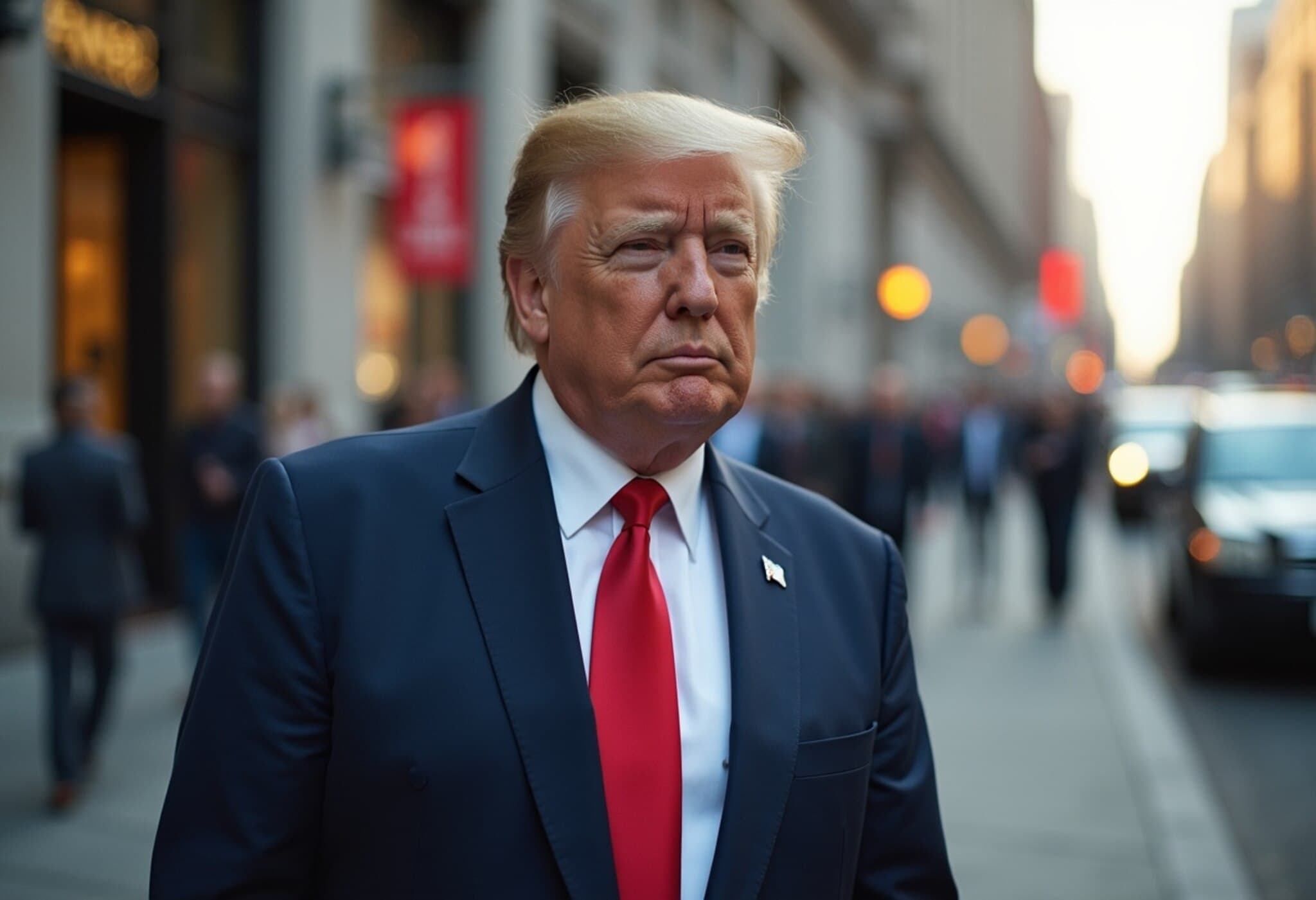Indonesian Police Showcase Robots Amid Calls for Deep Institutional Reforms
On July 1, 2025, during their 79th anniversary parade in Jakarta, the Indonesian National Police took a bold step into the future by unveiling an array of futuristic policing tools—including RoboCop-style humanoid robots, robotic dogs, and robot tanks. The event, attended by President Prabowo Subianto, featured 25 robotic devices designed to assist in everything from bomb disposal to forensic work.
Robotic Innovations Aimed at Modernizing Policing by 2030
According to police spokesman Inspector General Sandi Nugroho, these robots represent the force’s ambition to keep pace with evolving global policing technologies. “The police are an institution that adapts to change,” he said, emphasizing that by 2030, many police forces worldwide are expected to integrate robotics into everyday operations.
The robots, sourced from Chinese companies Unitree Robotics and Deep Robotics, come with price tags ranging from $2,700 to $16,000 each. Their capabilities include search and rescue missions, bomb disposal, traffic monitoring, forensic investigation, and supporting K9 units in drug detection.
Introducing PoliceTube: A New Transparency Initiative
Alongside the parade, Indonesian police launched PoliceTube, a video-sharing platform designed to livestream police activities, theoretically enhancing public oversight and accountability.
Public and Expert Criticism: Technology vs. Fundamental Reform
However, the parade and the introduction of these robotic tools have sparked a wave of skepticism from experts and Indonesian citizens alike. Critics argue that while technology can complement law enforcement, it should not overshadow the urgent need for systemic reform.
Bambang Rukminto, a respected police analyst at the Institute for Security and Strategic Studies, voiced concerns: “The public demands protection and quality police services far more than shiny new gadgets. The true benefits of these robots remain unclear, especially given their high cost.”
Social media users echoed this sentiment; one questioned, “Can these robots detect corruption, bribery, or officers’ misconduct?” Another probe was whether the substantial funds allocated to robotics could have been better invested in improving training, community policing, and accountability mechanisms.
Transparency International Indonesia and Procurement Concerns
Transparency International Indonesia (TII) cautioned about the lack of clarity surrounding the procurement process. The organization pointed out that the absence of detailed, publicly available information raises red flags about adherence to governance standards.
Despite criticism, National Police Chief Listyo Sigit Prabowo reassured lawmakers that the robots featured at the parade are still in the testing phase and came at no direct cost for the demonstration. Nevertheless, the police have requested a whopping 63.7 trillion rupiah (approximately $3.9 billion) for the next fiscal year's budget, though detailed plans for future robotic expenditures remain undisclosed.
Why Robots Can't Replace Reforming Police Culture
Advocates for police reform stress that high-tech tools do little to rectify deep-rooted cultural and structural flaws within Indonesia’s police force. The Civil Society Coalition for Police Reform underscored this point, stating, “What the police truly need is comprehensive reform in culture, systems, and structure—not just new tools.”
Human rights watchdog Kontras reports over 3,000 incidents of police violence from 2020 through mid-2025, including arbitrary detentions and excessive force during protests. Moreover, Transparency International’s 2020 survey revealed that 41% of Indonesians who interacted with police were asked for bribes for the first time during those dealings—a stark indicator of entrenched corruption.
As Bambang insightfully pointed out, “Reform cannot succeed until the police recognize their role as part of society, not above it. Without this shift in mindset, technology alone cannot address the real challenges.”
Broader Implications for Law Enforcement Modernization
Indonesia’s robotic police parade reflects a global trend where law enforcement agencies seek to harness AI and robotics for enhanced operational efficiency. Yet, the Indonesian case illustrates a crucial lesson: technology without transparency and reform risks becoming a superficial upgrade—one that fails to resonate with public expectations or accountability demands.
For American readers and policymakers, this scenario echoes challenges faced domestically where policing modernization must be balanced with systemic reforms addressing trust, accountability, and civil rights.
What’s Next?
- Will Indonesian authorities provide greater transparency and detailed plans for robotic integration?
- How will public pressure shape the debate between investing in technology versus reform?
- Can emerging police technologies be effectively harmonized with cultural and structural reform to build trust?
Editor’s Note
The Indonesian police’s robotic initiative underscores a broader, critical tension in law enforcement modernization worldwide: the allure of cutting-edge technology versus the imperative for authentic, systemic reform. As robotic tools become more prevalent globally, policymakers, civil society, and citizens must vigilantly ensure that these innovations do not overshadow the foundational work of enhancing accountability, eradicating corruption, and fostering police-community trust.
This story invites us to consider that real security is not just about superior tools—but about institutions reflecting the values and needs of the societies they serve.











